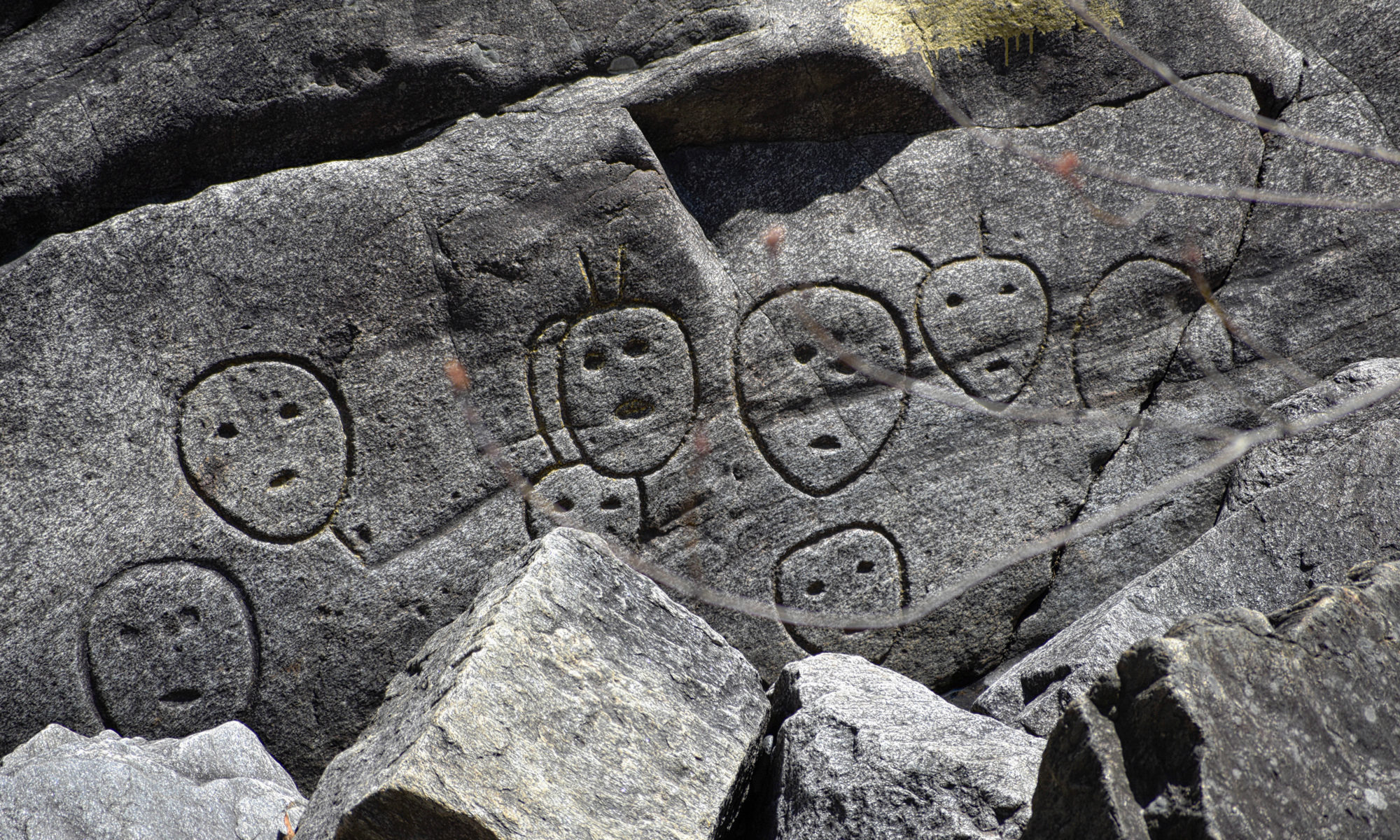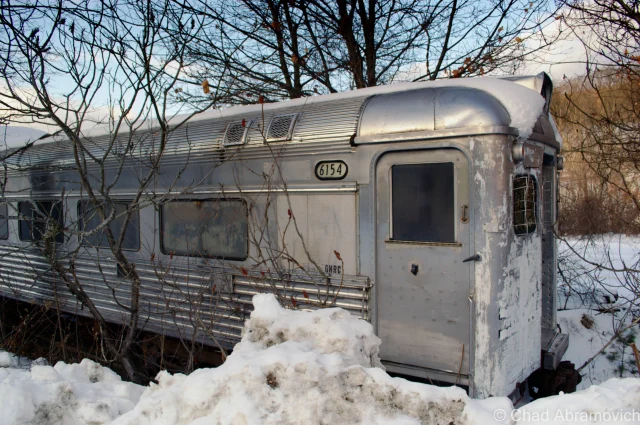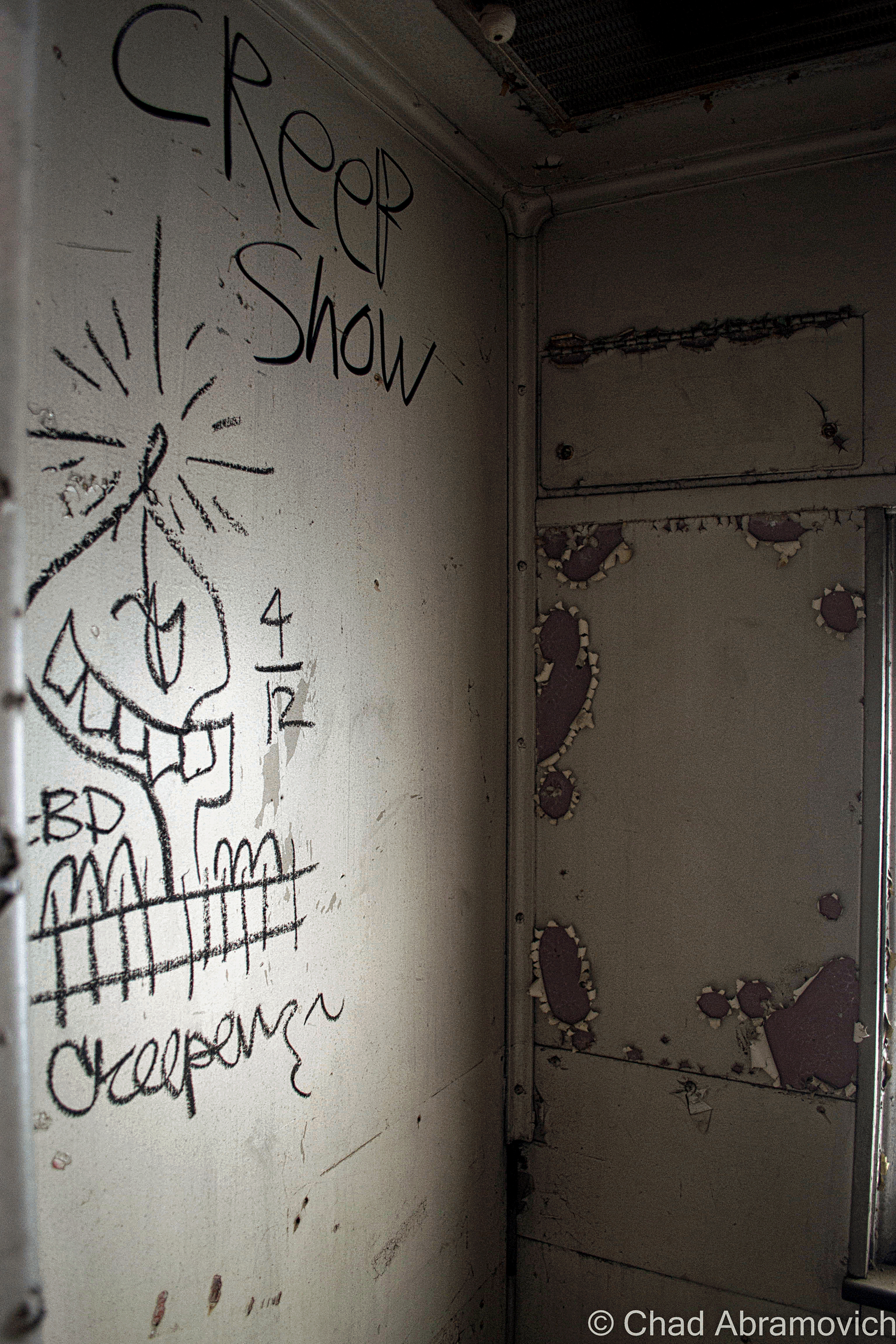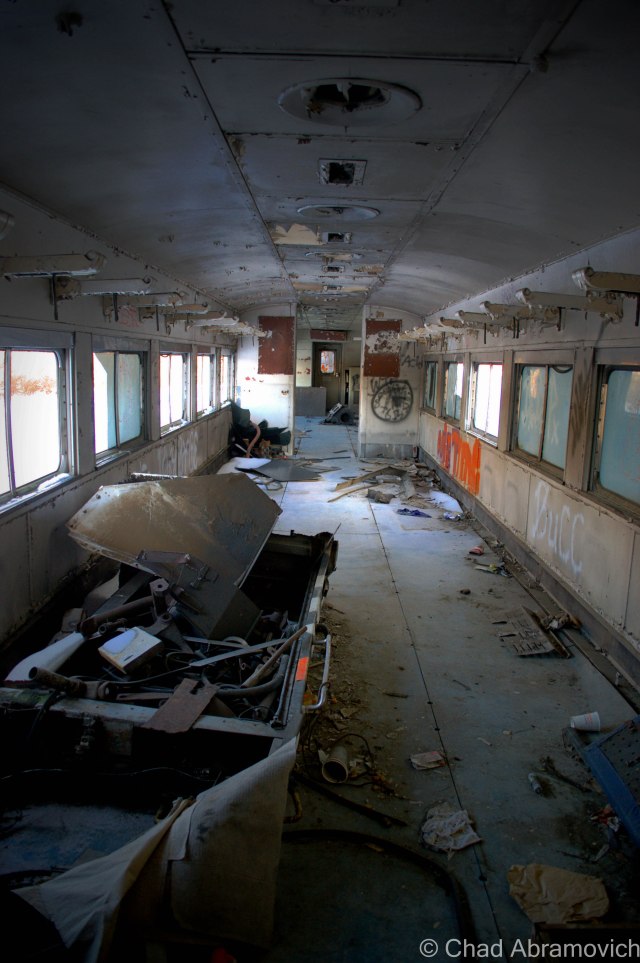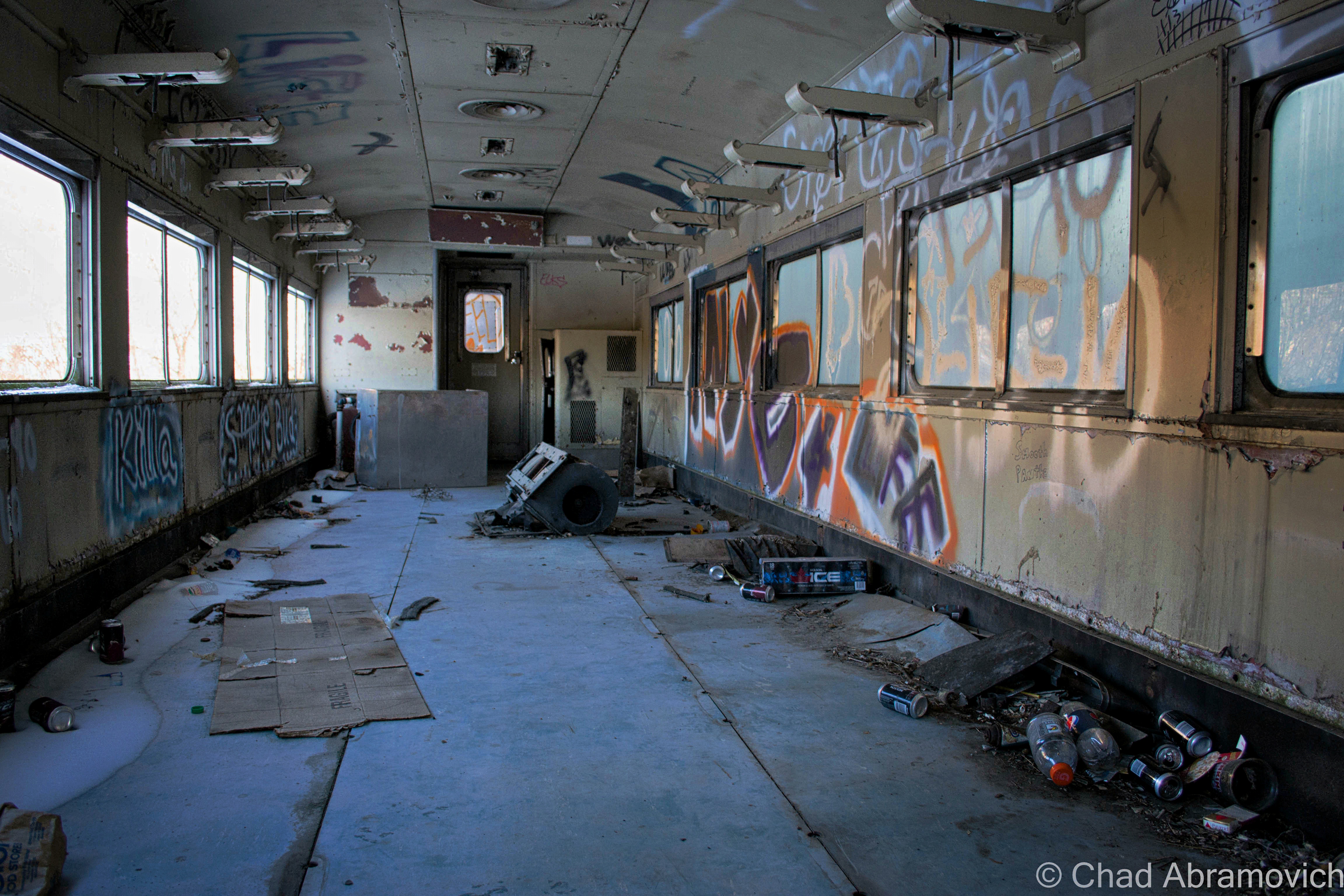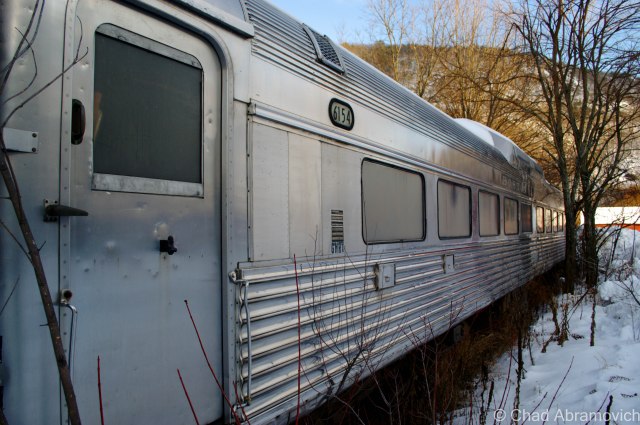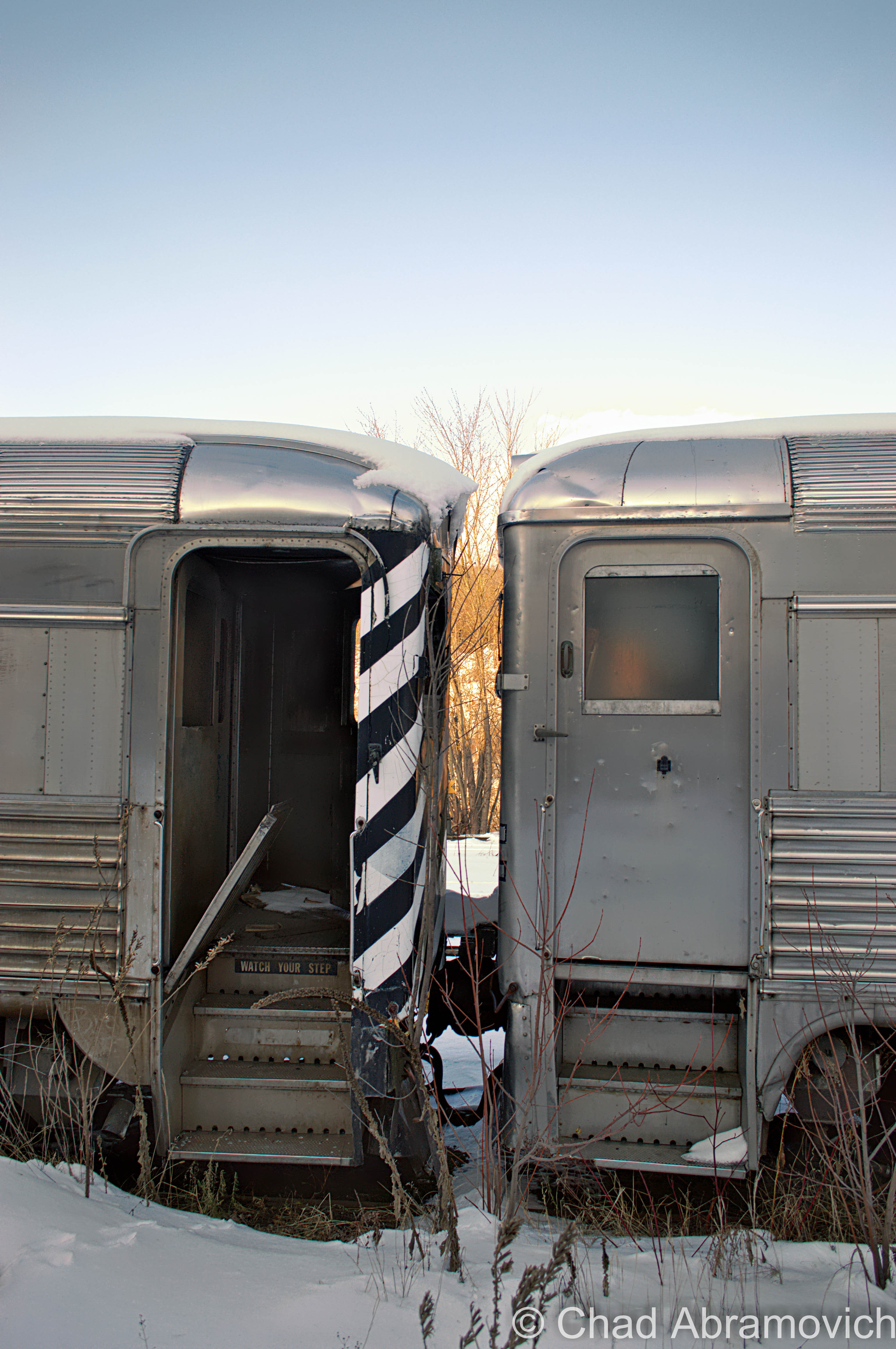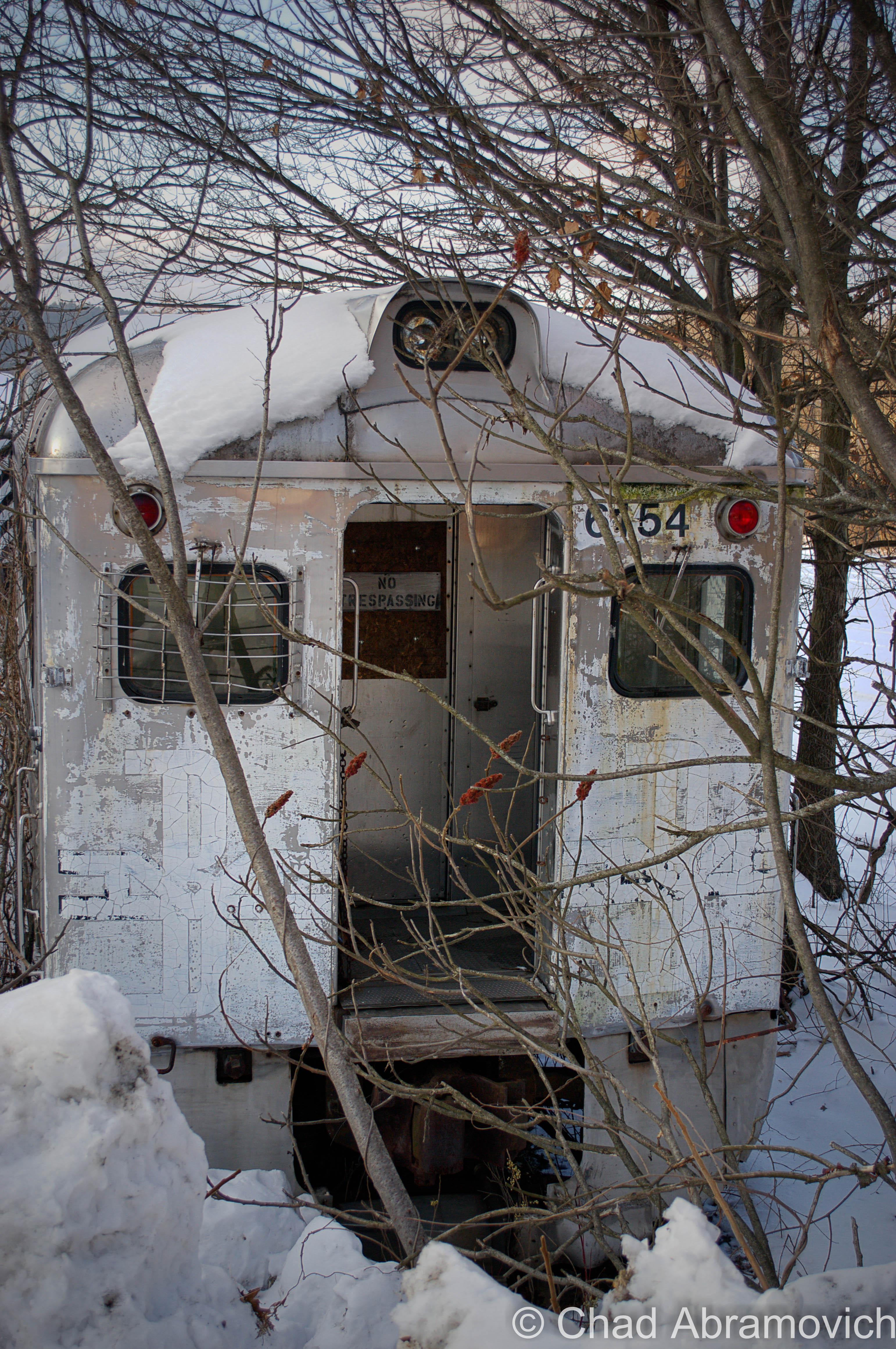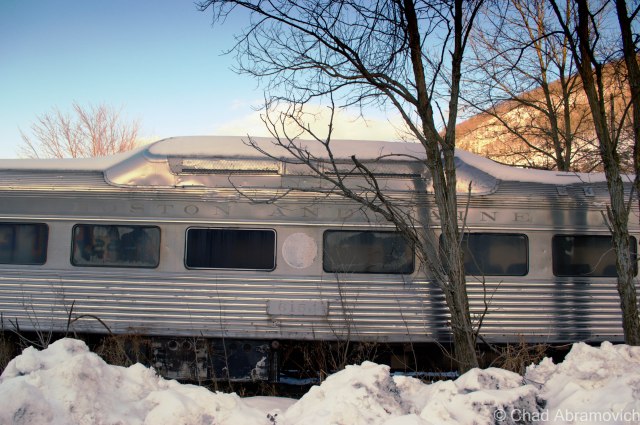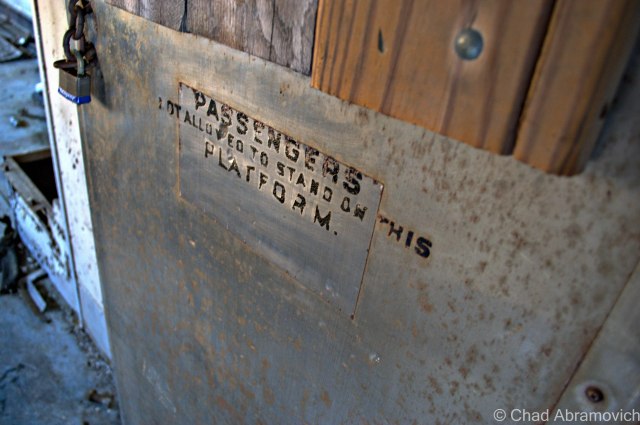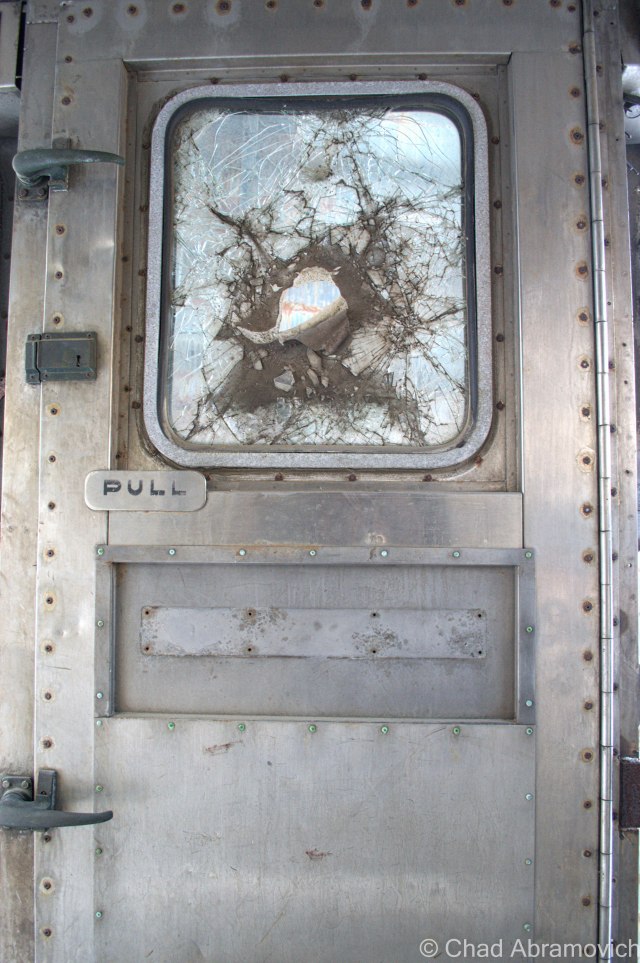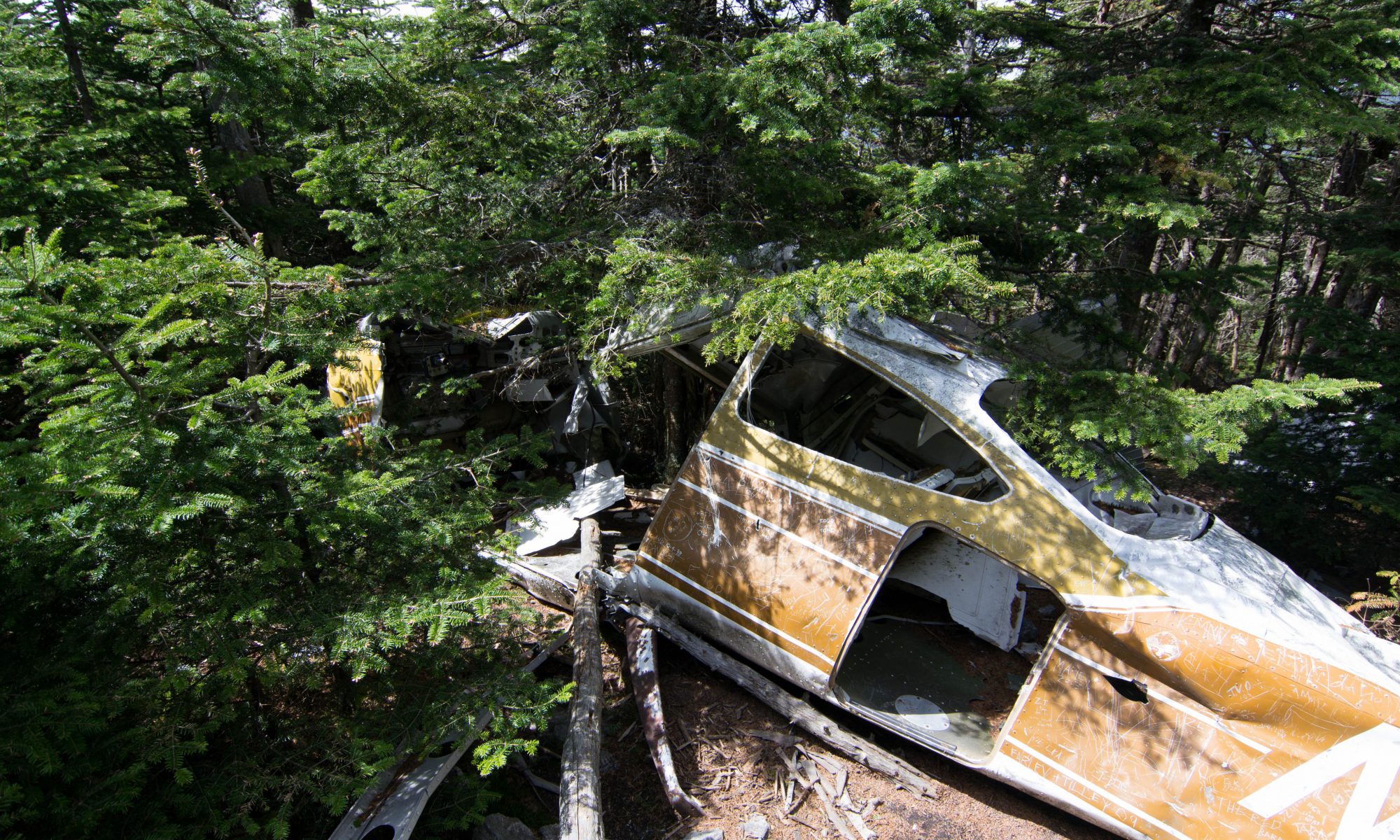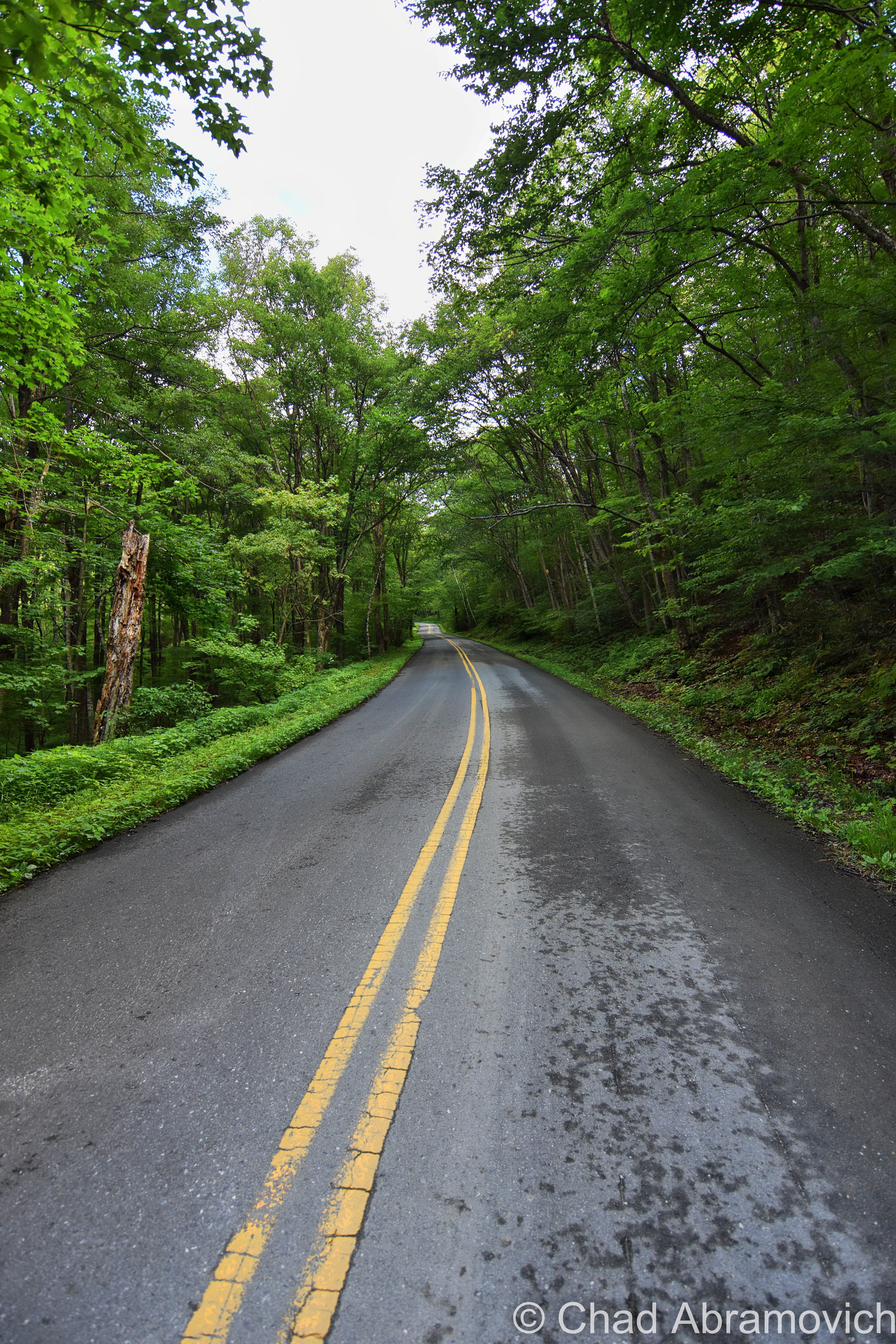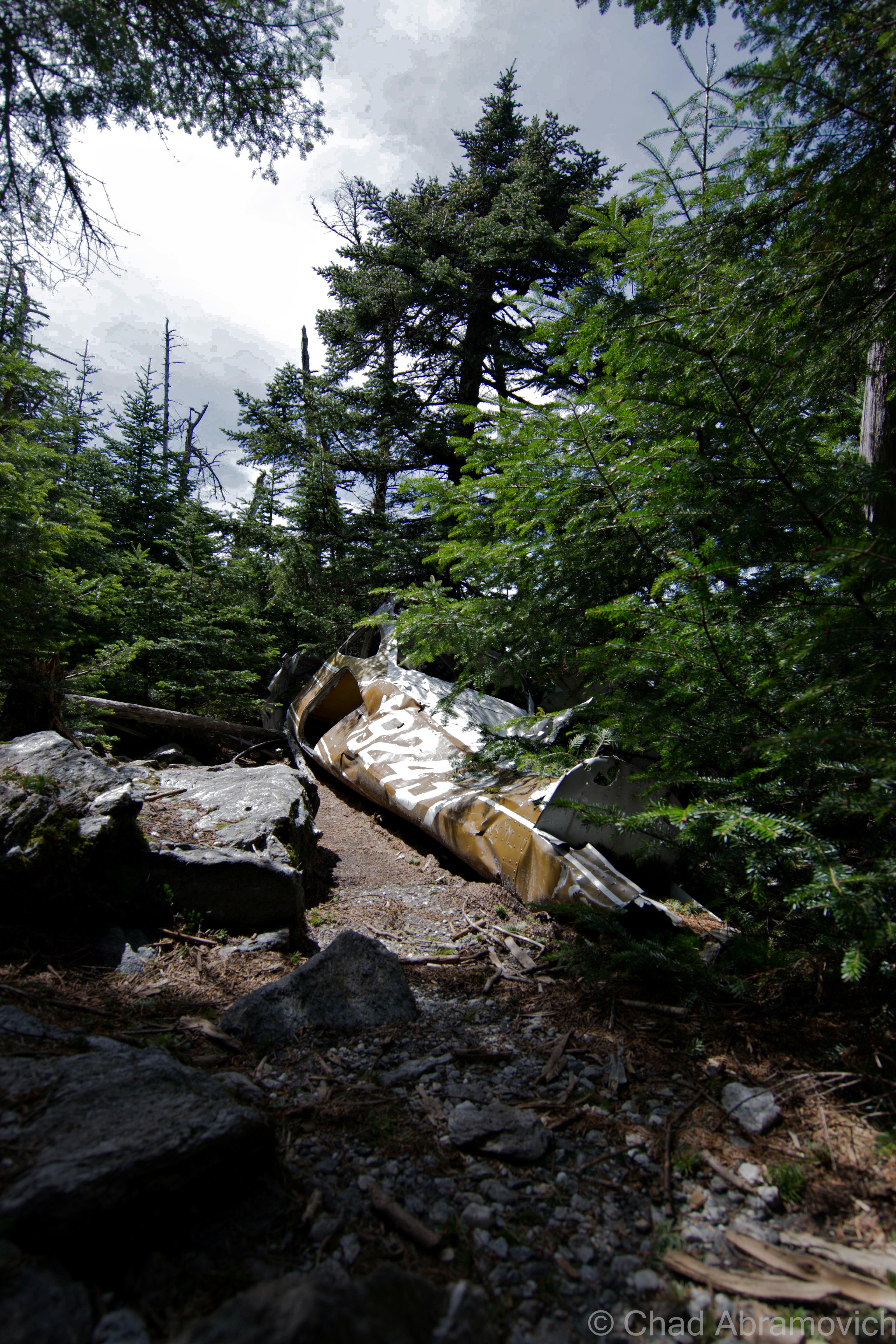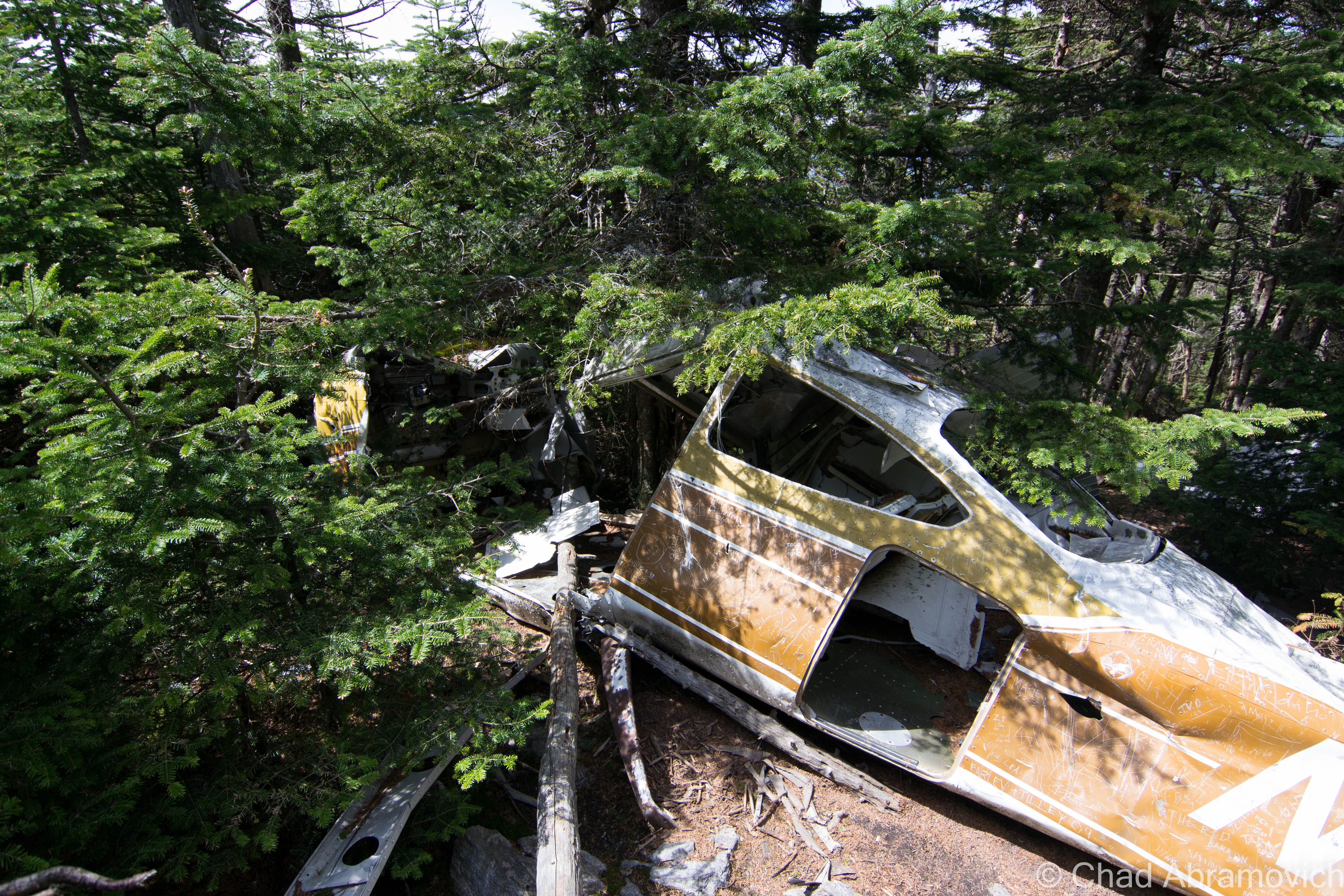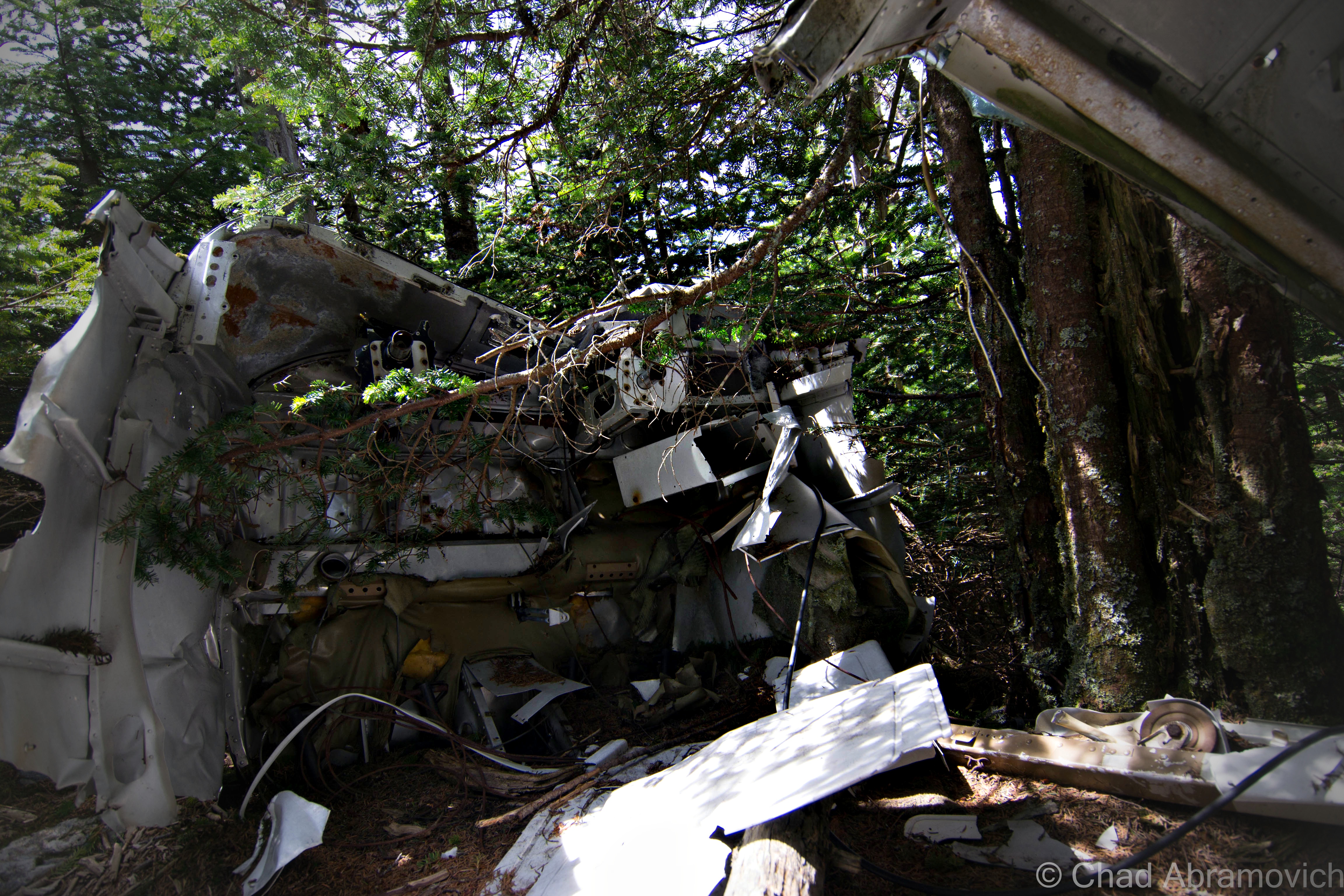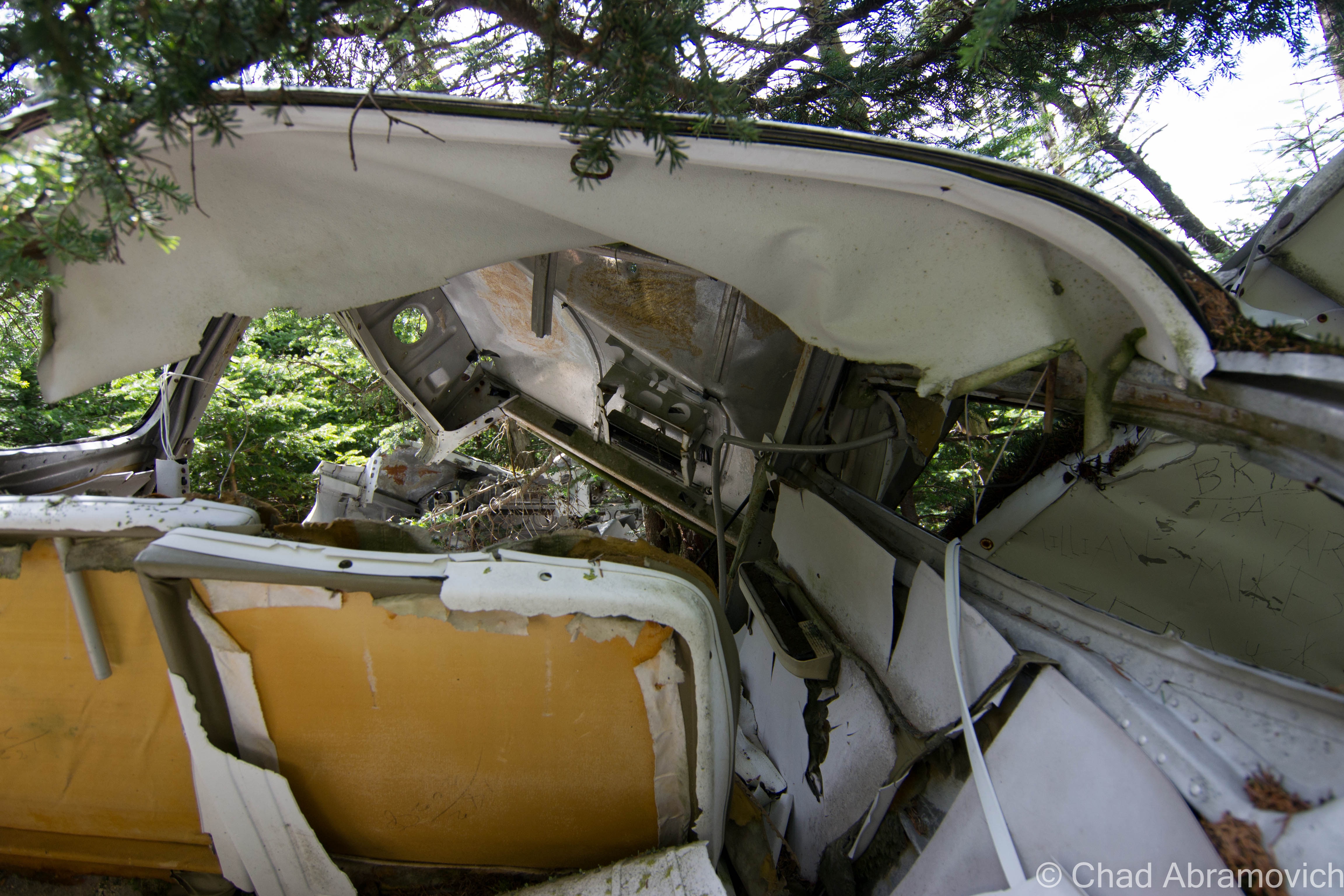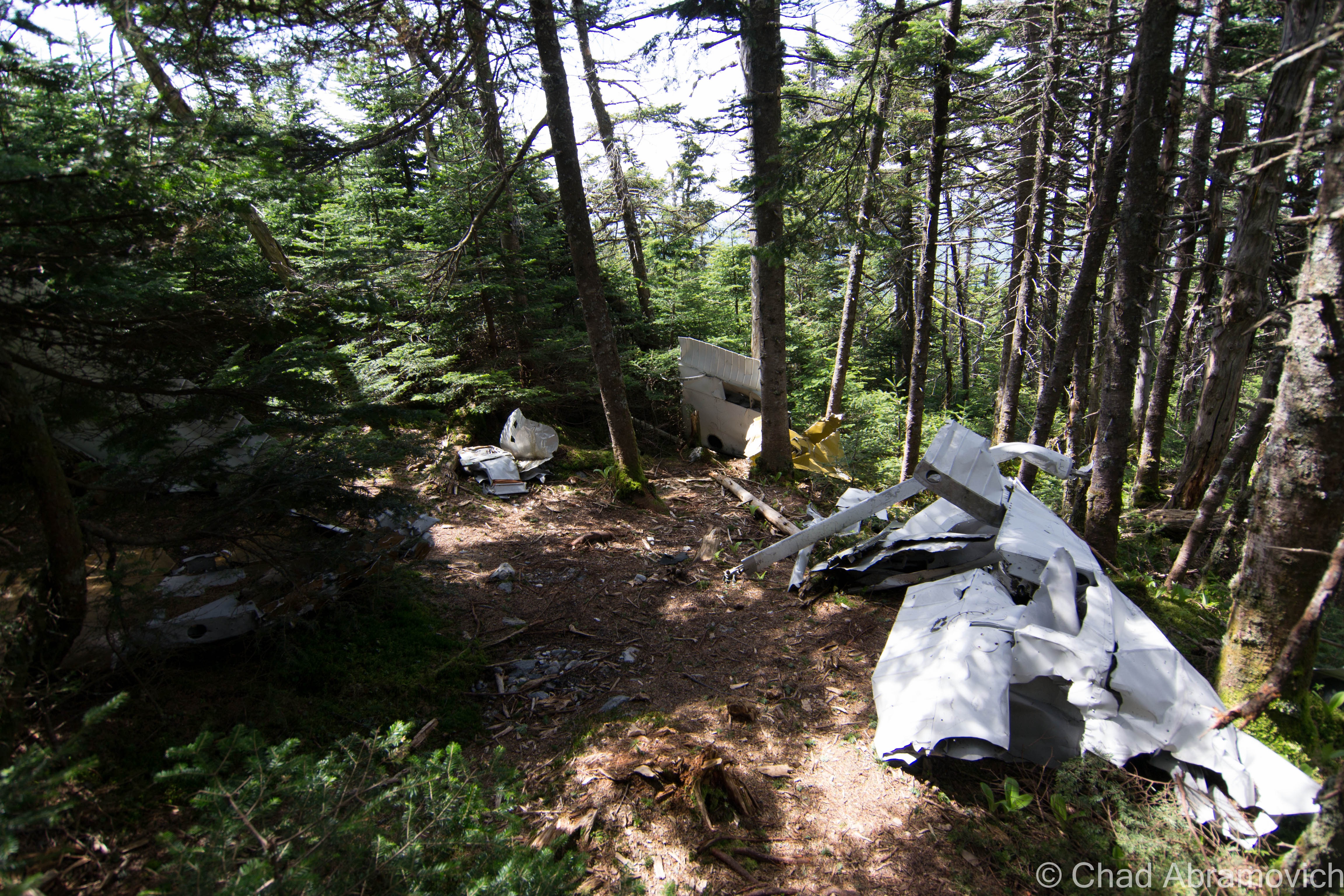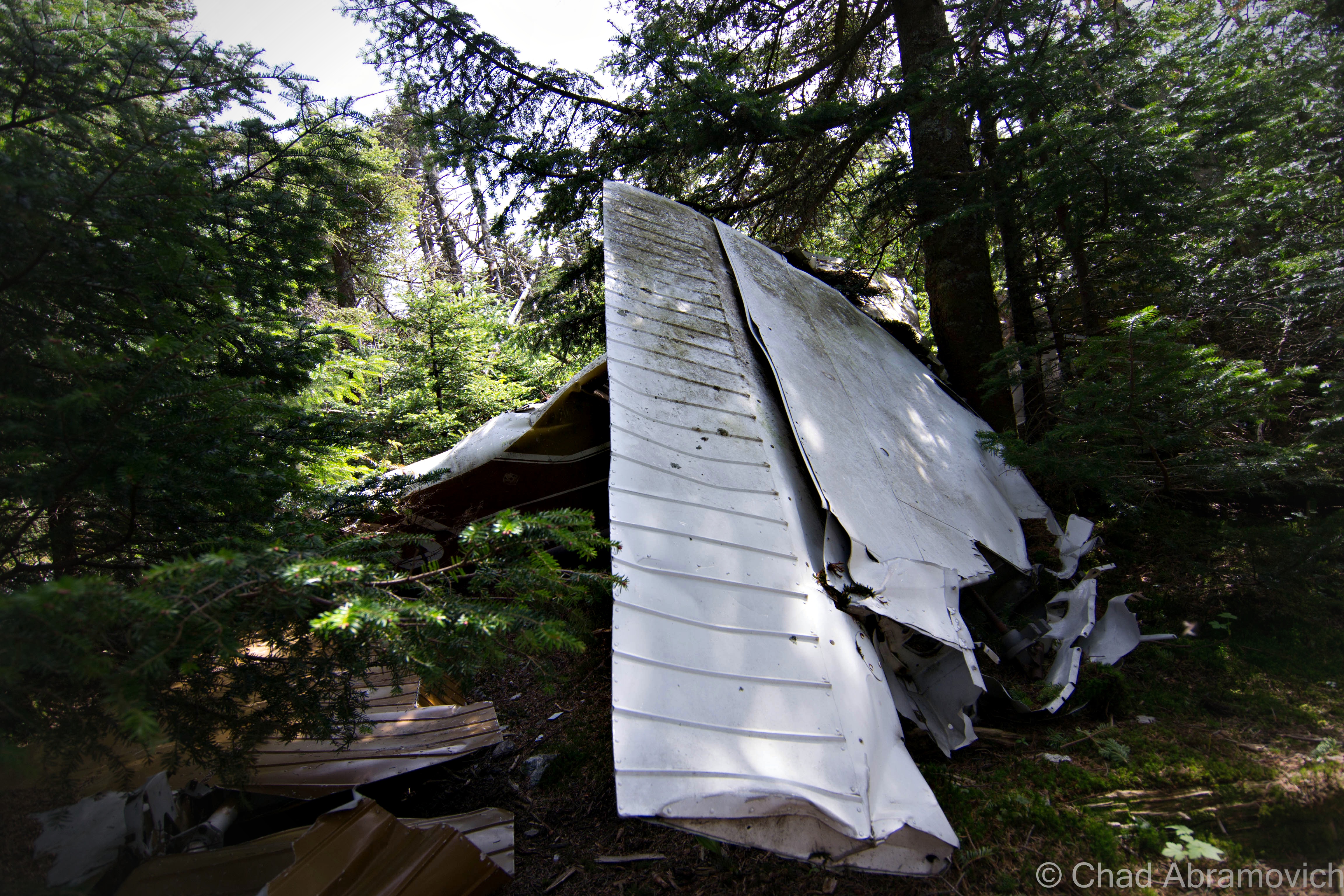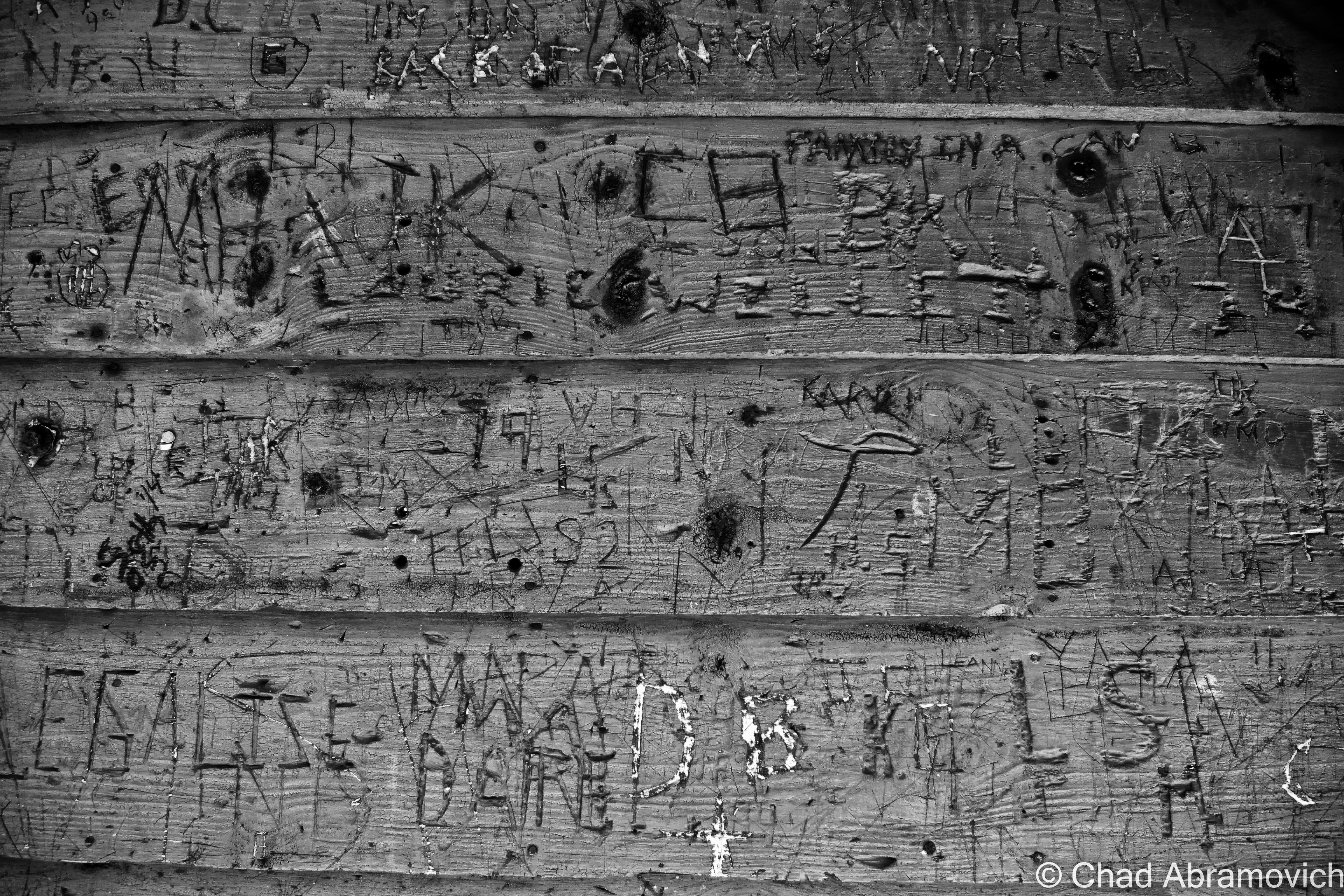Bellows Falls is a great village, and has a history that goes back to it’s Abenaki populace who were lured here by the great falls, extends past White settlement who built an industrial canal to bypass the affor-referenced falls and continues today through its resurrection as a tourist area and waypoint community for the Connecticut River Byway.
There is a cool mid-century mural painted on a wall downtown that nostalgically reads Bellows Falls is a good place to hang your hat. It’s also apparently a good place to chisel your petroglyphs.
They’re a Vermont curiosity that’s surprisingly unknown to many. In the olden days, quite a few folks flocked to these strange petroglyphs and tried to decrypt them, but to this day, they’re still managing to confound those that know about them.
Stirring the mystery even more, local native Americans aren’t fessing up to doodling them, and have no idea who did, or what they’re supposed to mean. So how did they get here, and why?
The Bellows Falls petroglyphs are located on a few large boulders found in the dramatic gorge below the defunct Vilas Bridge.
Basically, the carvings are an arrangement of rough circles with three dots inside, with some containing pairs of lines that radiate out from the top. It’s surmised that they depict a cluster of 24 odd sized faces, but there is some disagreement on exactly what they are, with arguments for human, animal, extraterrestrial, or other. The lines atop the circles prove to be just as interesting. It’s said that they could be anything from hair of that era, feathers from headdresses, deer antlers, sun rays, or alien antennas. But no one can say for sure.
We don’t even know how old they are, with estimates ranging from 300 to 3,000 years old – some considering them the oldest pieces of art existing in Vermont. What we do know, however, is that they were made known in 1789, when visiting reverend David McClure from Dartmouth College wrote about them in his notes, and suggested that they were made by the Abenaki, the native people of the area.
The explanations of these cryptic images are plentiful. McClure speculated that they could be translated as an Abenaki warning that the site marked the location of “evil spirits”, a shamanistic idea that came from associating places like river gorges and waterfalls as a place to communicate with the spirit world.
But that was contested by an Englishman named Edward Kendall, who while traveling through Bellows Falls in 1808, believed that they were nothing more than the banal doodles of a bored Abenaki fisherman on a slow day at the river.
Plenty of other theories have morphed since then and include everything in between, from grave markers, religious symbols, aliens, memento mori from an important battle, depictions of people who had drowned in the rapids, and the carvings from Abenaki shaman who recorded their visions while hallucinating on the river’s edge.
But it may be the orientation of the petroglyphs which may tell us something of their significance. They face west, towards the village. If this isn’t just a coincidence, Abenaki lore dictates that west is the direction where an Abenaki soul travels after death, meaning that they may be preternatural wayfinding signs for their departed.
Interestingly, the artificial industrial island made by the Bellows Falls Canal was at one point an important Abenaki burial ground. For decades afterward, development on the island and local road construction projects would continuously surprise the laborers who unearthed numerous skeletons and artifacts, and became sort of a local spectacle.
Here’s where things get interesting. McClure’s description only mentions three faces, which are greatly more detailed than what can be found on the bottom of the gorge today, leaving some to postulate that counterfeit ones have been added over the years.
In the 1930s, some misguided locals got together and had the carvings deepened to preserve them from the constant erosion of the river, damaging their value as historical artifacts and keeping their age and purpose still in the realm of the mysterious.

It actually amazes me that these petroglyphs have survived at all. During the nineteenth century, the Bellows Falls river/canal area was a hive of rambunctious industrial activity. Much of the river gorge was permanently reconstructed by dynamite blasts that were used to clear away log jams, which is a real disappointment, because it seems that those cliffs held more than a few curiosities.
One sad account comes from sometime in the 1800s. A fascinating curiosity was found embedded in a rock near the Connecticut River; a baffling fossil of a five foot, clearly defined footprint that looked like it came from a bird, but the species was unknown. This caused quite a stir in both the scientific community and the local one. What could have possibly made a footprint that big? Unfortunately, we’ll never know. Word of this important discovery got out and a group of rowdy locals found it first and dynamited it out of existence. It’s very possible that there may have been more of these petroglyphs as well, that were destroyed to make a few bucks.
The petroglyphs are pretty easy to find. They’re located at the end of Bridge Street near the Vilas Bridge, which is the indefinitely crumbling bridge with grass growing through its deteriorating surface, and not the other better-kept bridge that crosses the canal onto the island.
Once you get to the “Bridge Closed” sign, they’re down in the gorge to the right of the bridge. The rocks have been marked with strips of yellow paint to guide you to their location, and if you have a camera with a good zoom lens, you should be able to see them. Or, you can do what I did, and take the “trail” to the left of the bridge, which I guess is a very debatable definition, and really was more of a distinguishable area of low brush that meandered between taller thick adjacent brush and trees, which eventually dropped you down a steep rocky embankment and into the gorge. From there, it’s all boulder clamber underneath the Vilas Bridge, but from this approach, you can get right next to them. My scratched and bleeding legs were worth it.
What I loved best about these petroglyphs, besides how they are still a lingering mystery, is the obscurity of them. There are no fences around them with colorful “keep out” signs, and no logos from local universities slapped down anywhere. They simply exist just outside town, quiet and more or less undisturbed.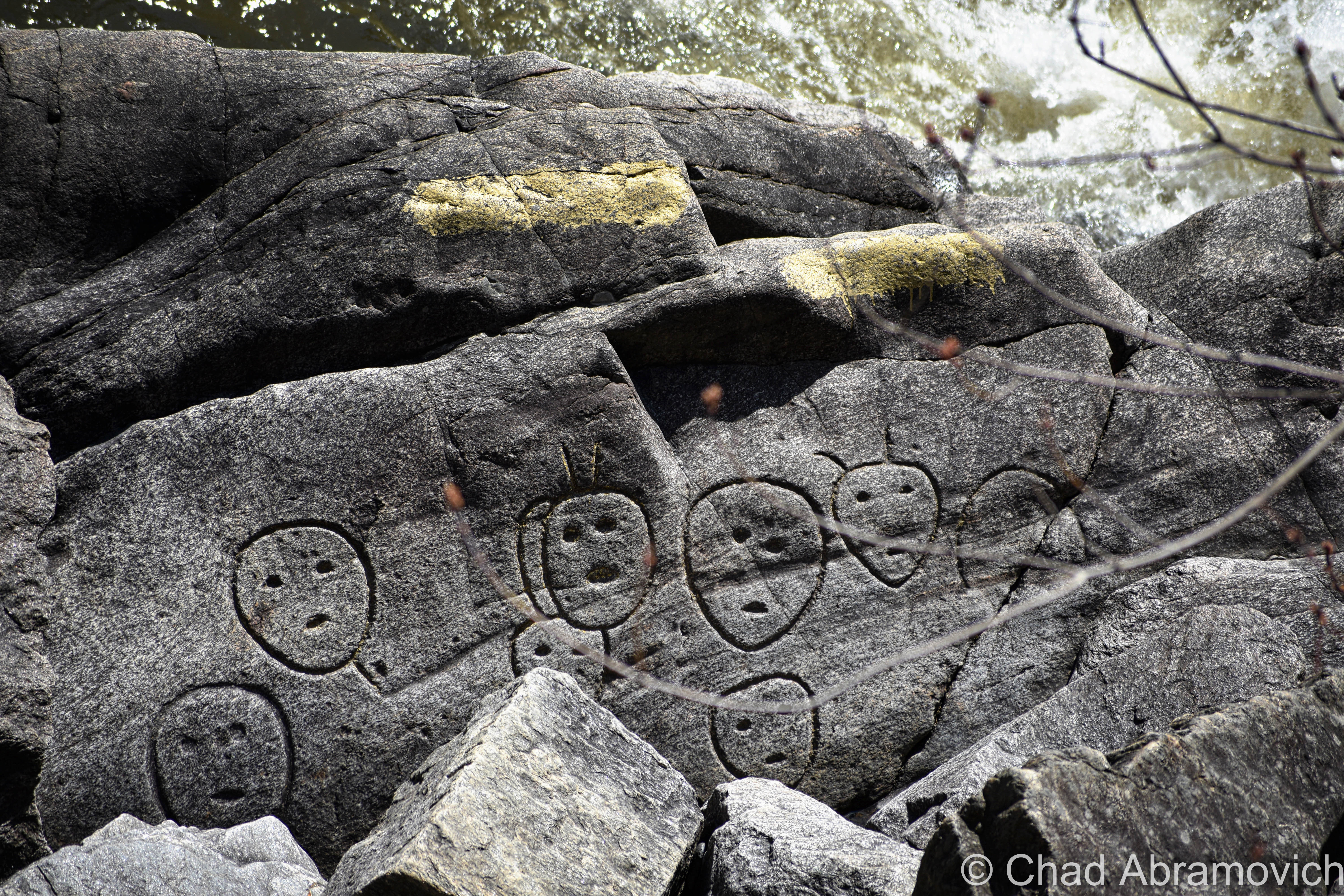
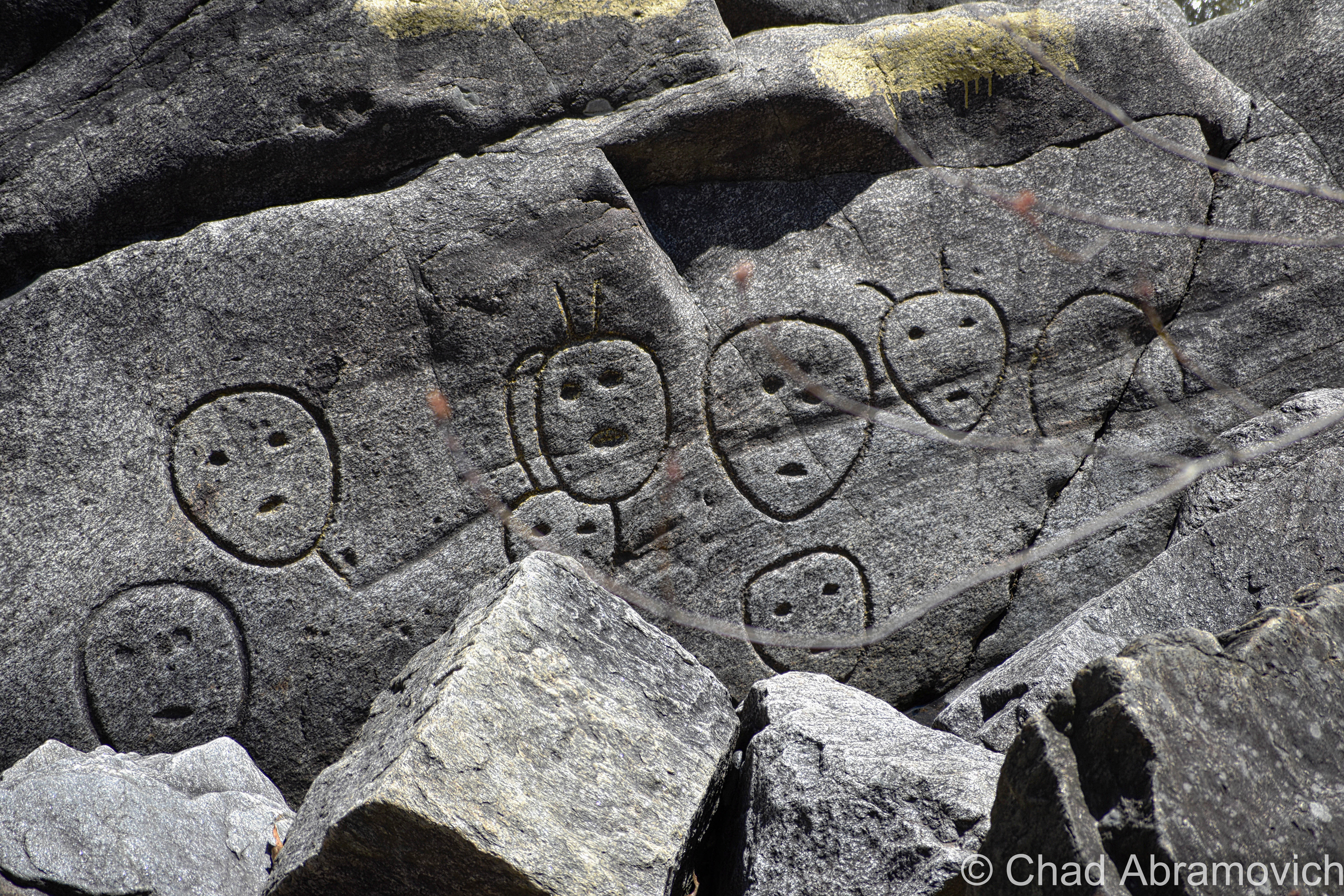
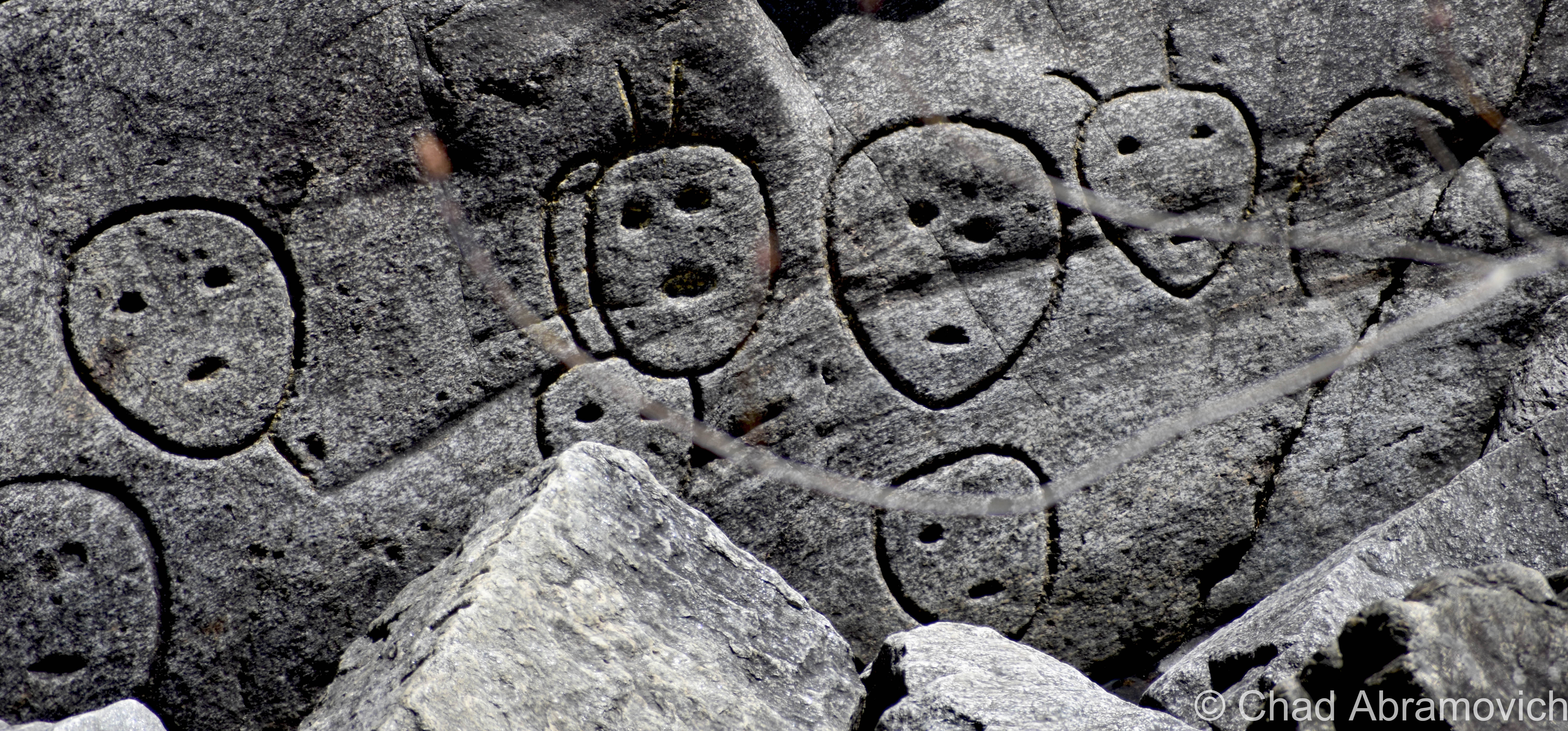
The Bellows Falls Train Graveyard
In the cold days of winter in 2013, I explored and photographed scores of abandoned train cars that lined both sides of the Connecticut River. The yards and the scrapped rail cars are owned by the Green Mountain Railroad, which has a long history of perpetuating industry and travel in the Bellows Falls area, and as rail travel became secondary to the automobile, it left quite a few old passenger cars from the 40s and 50s parked along the river banks, slowly eroding with idle time.
Driving Around Bellows Falls
One of my favorite adventures in Bellows Falls was just driving aimlessly around the narrow streets that climb it’s steep terraced hills above the river, checking out the different neighborhoods, which managed to be so enjoyable that it almost blocked out my friend Daniel blasting dubstep on his car stereo and serially asking me “Chad! Is this your jam man? I bet you know all of these lyrics!”
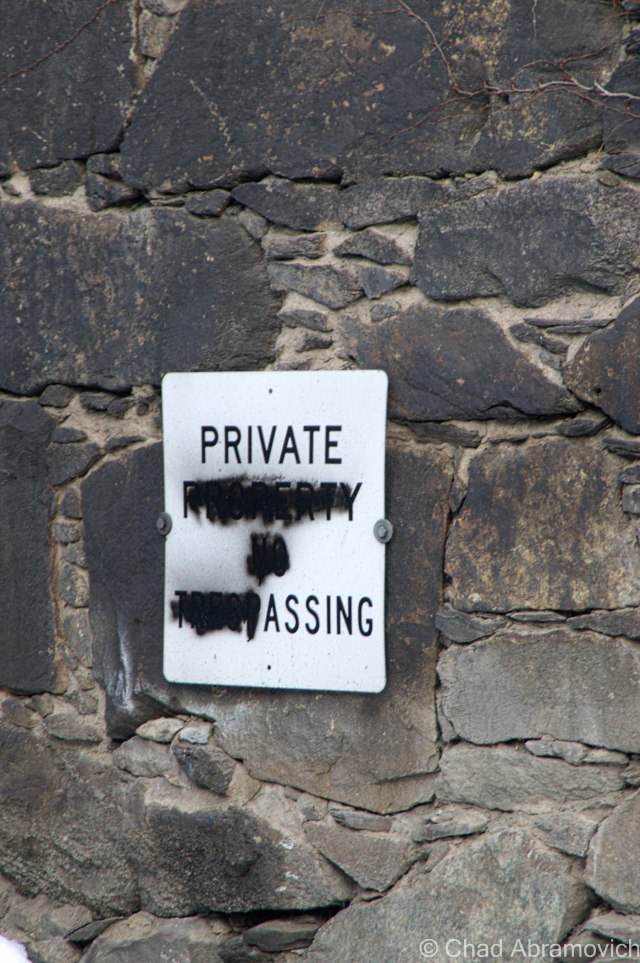


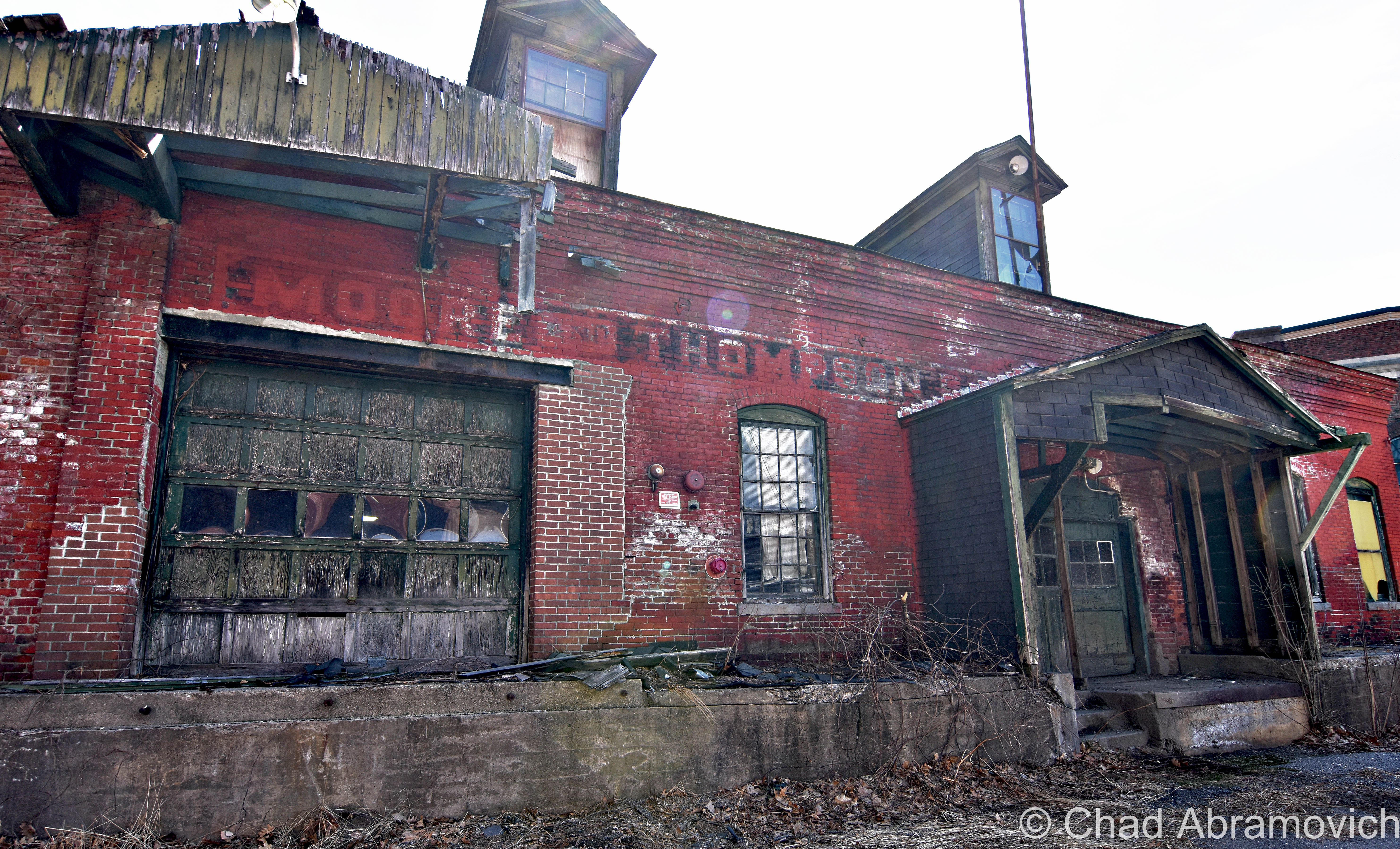
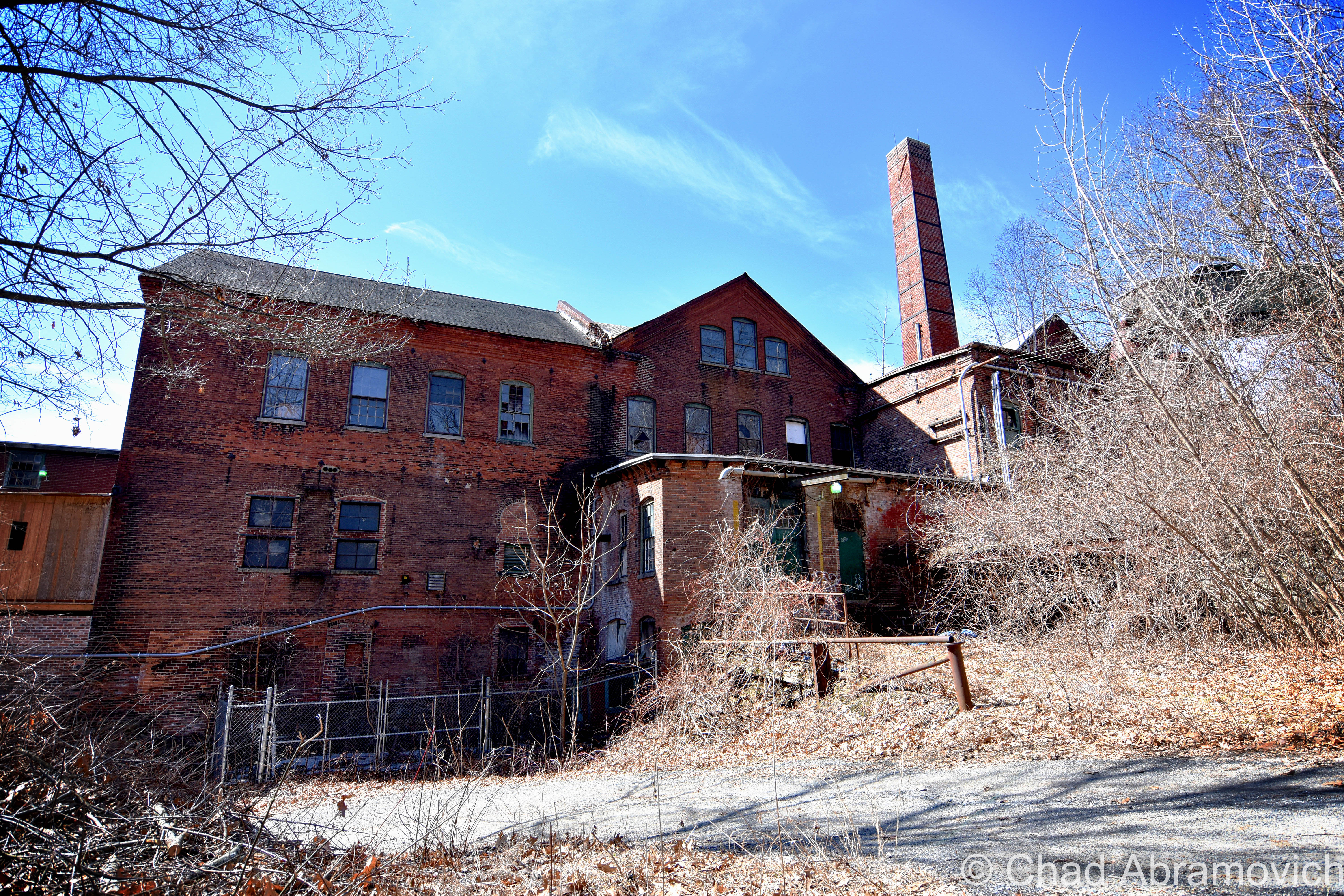
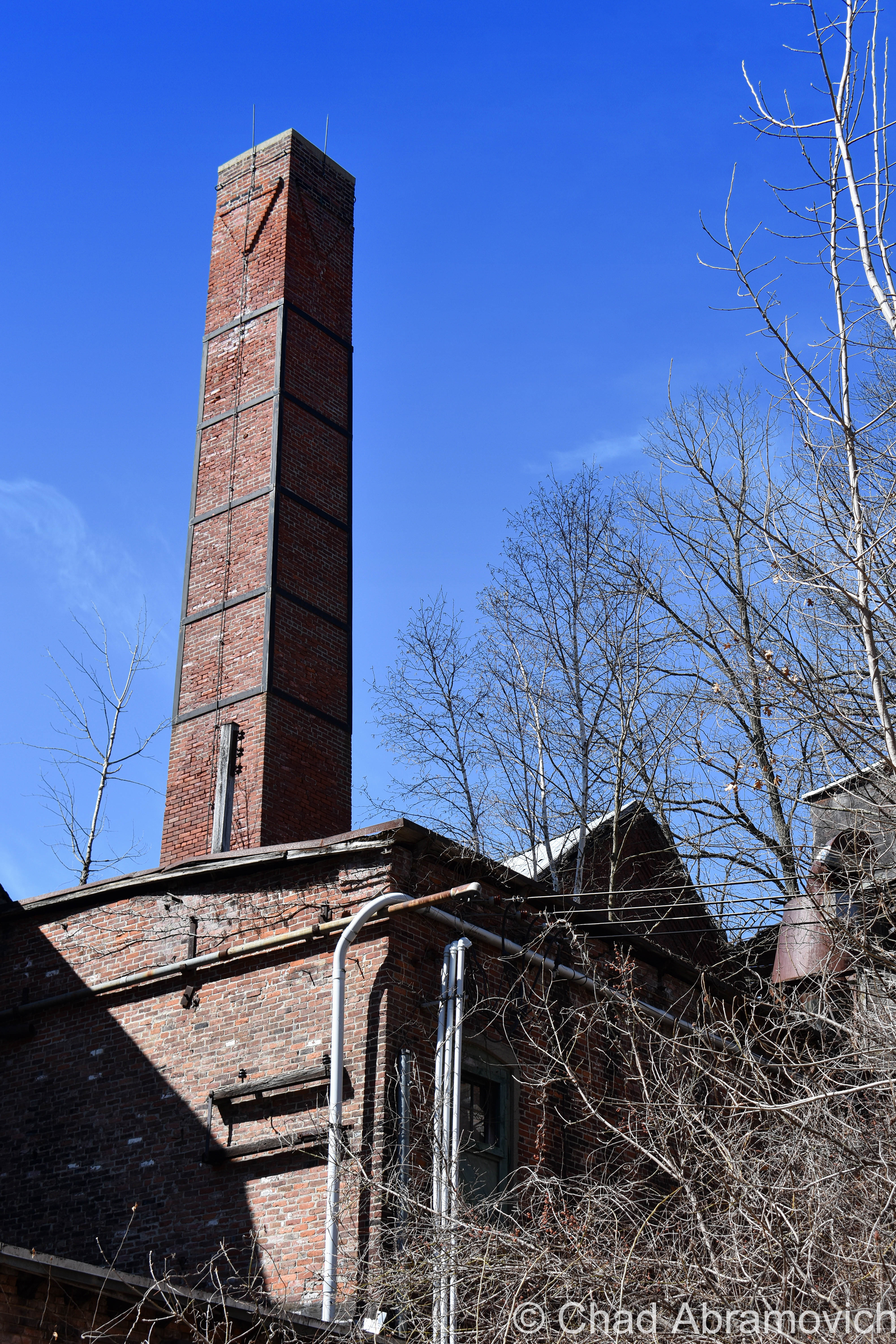
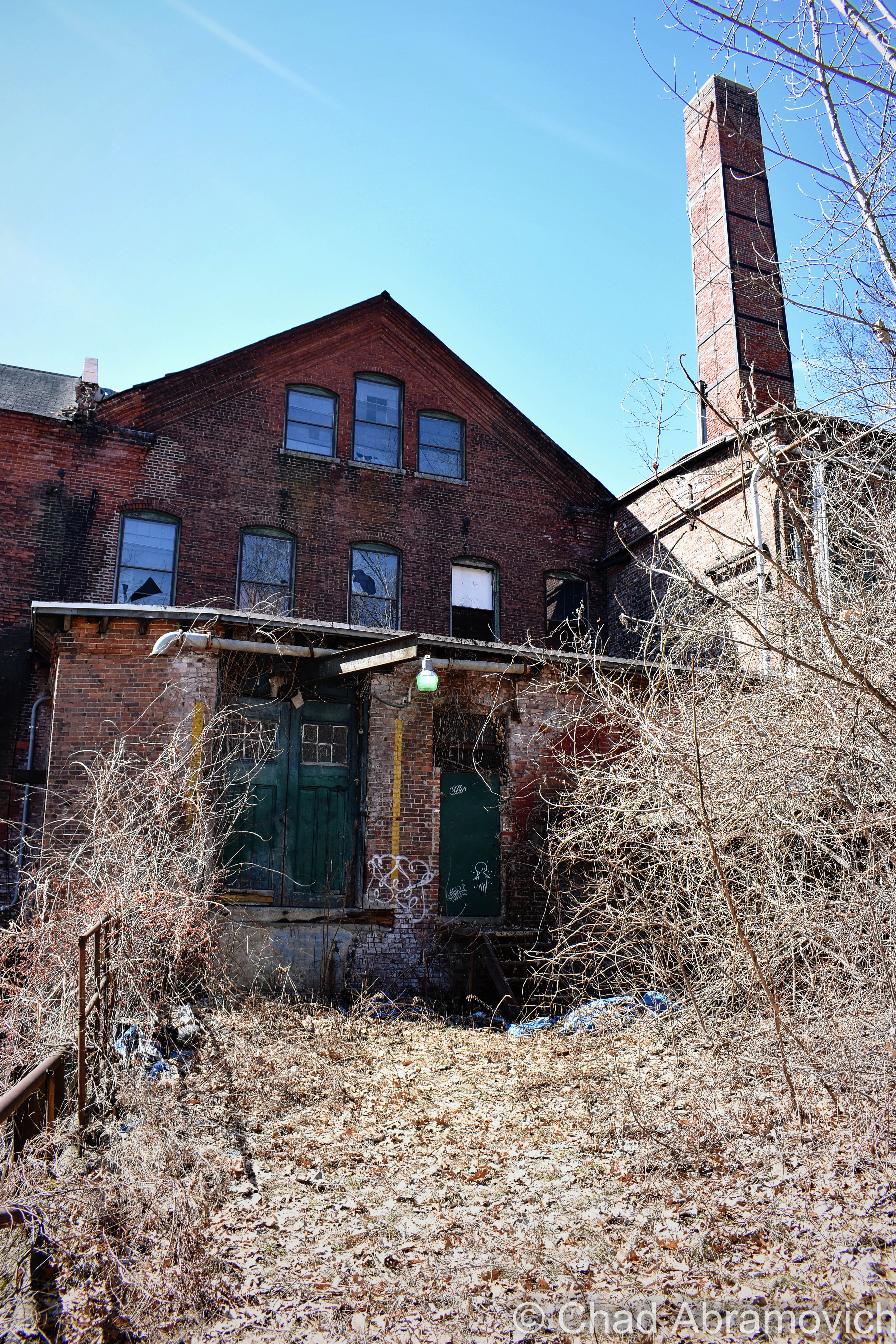
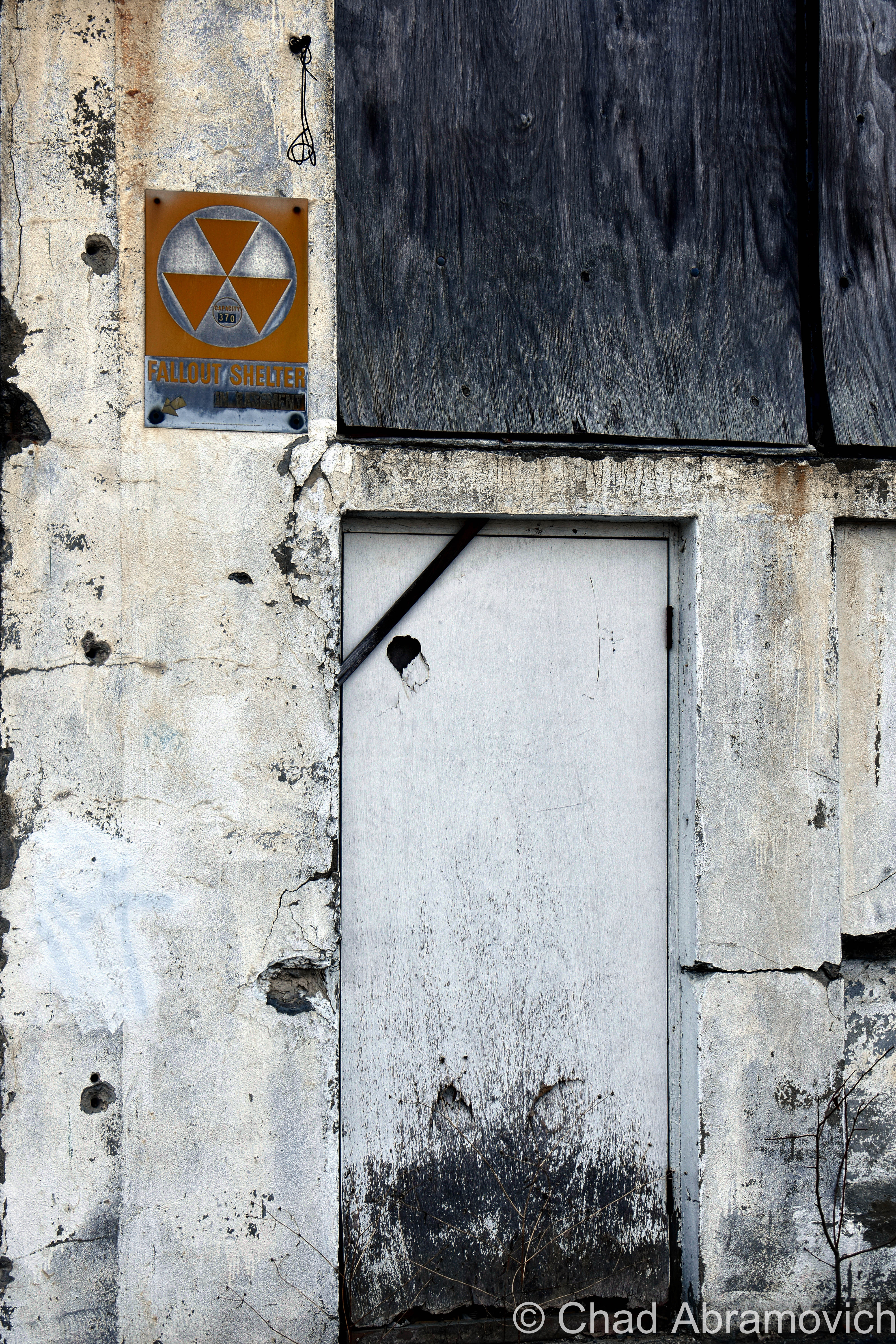
The oldest canal in the United States is here, completed in 1802 to bypass the pesky great falls, which was a successful barrier to travel. The canal was a humongous boon and industrialized the village, creating a cool downtown district at the foot of a bluff (which legend holds is still honeycombed by Victorian tunnel systems) and a surprisingly stunning residential district up the hill.
The canal created an artificial island called Factory Island. For years, out of place figures have been spotted within the buildings on the island, including this old paper company. They’re reported to be person sized gray shadows that appear to be the long-haired forms of American Indians. When seen inside the old factories, their legs are imbedded in the floorboards, as if walking on the ground beneath. Maybe theyre heading towards those mysterious petroglyphs near the Villas Bridge…
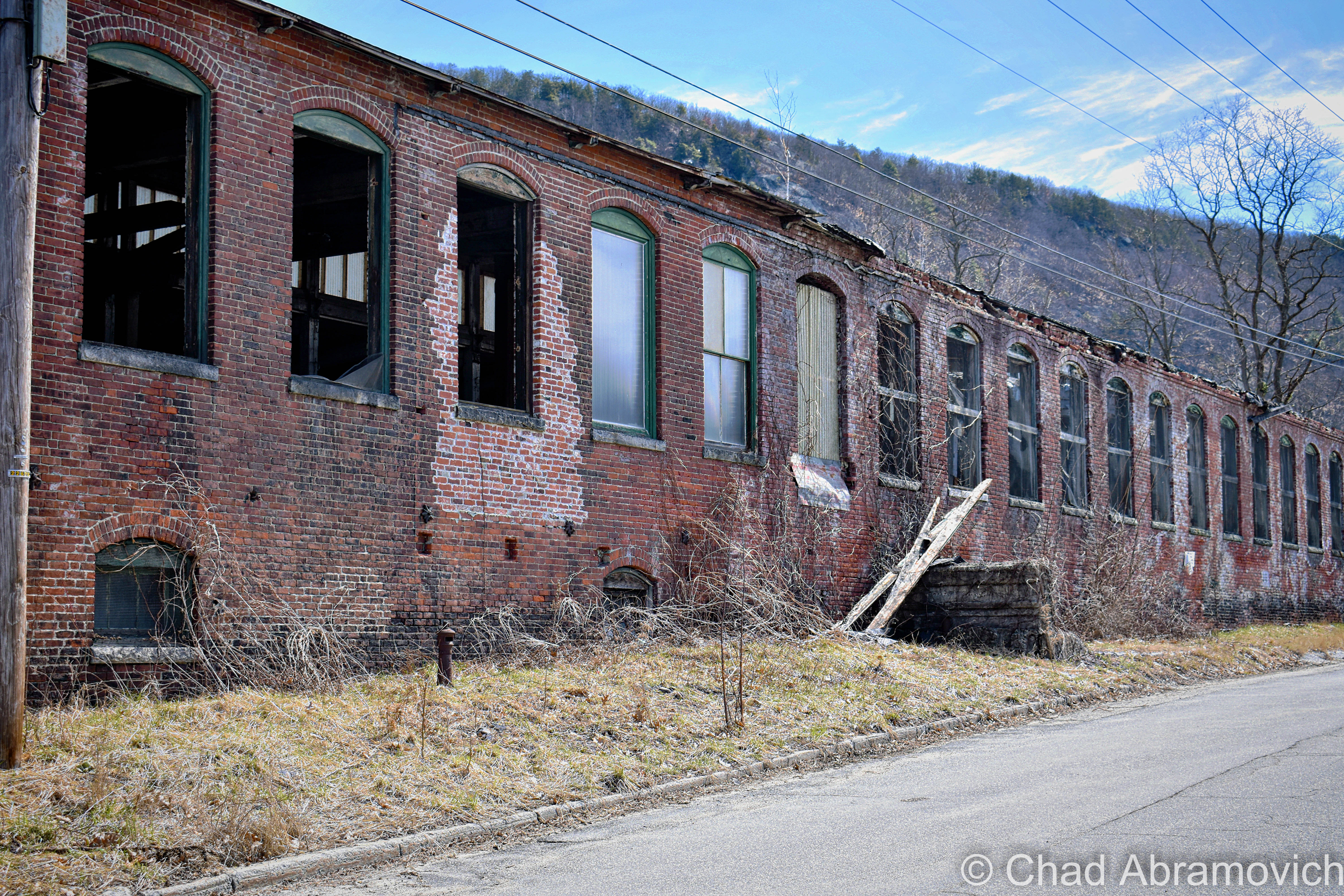
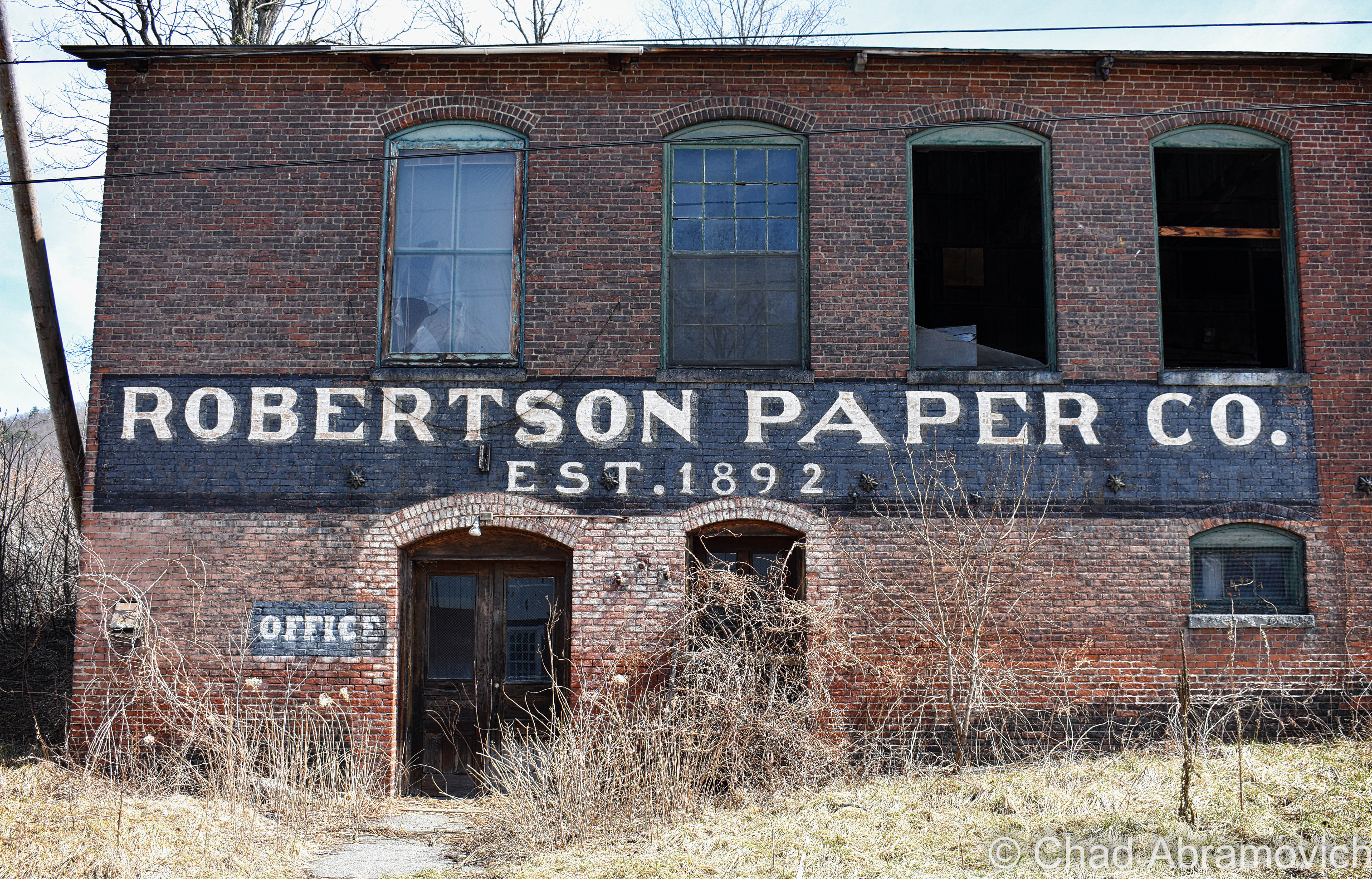
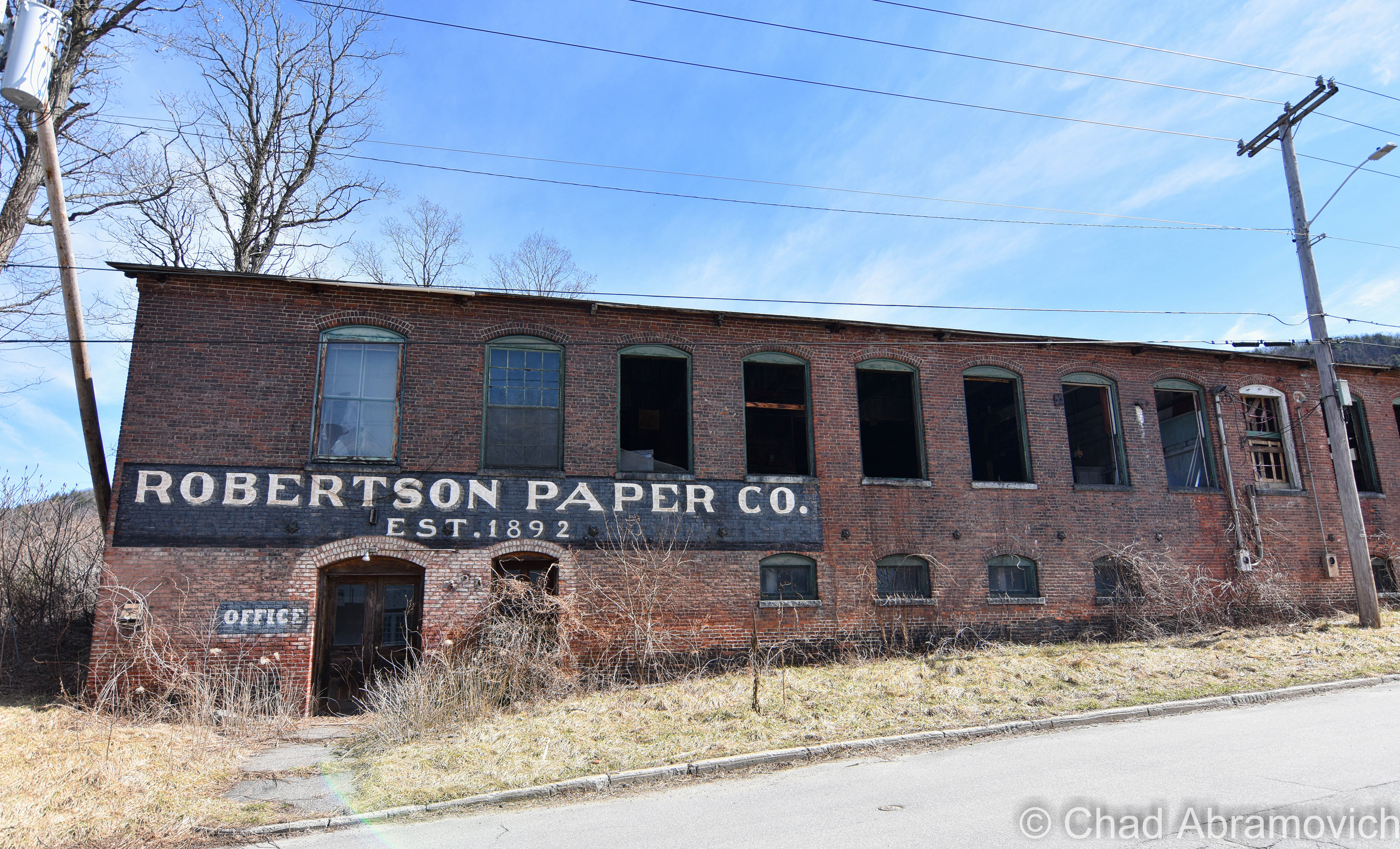
Additional Links:
The Abenaki and the Bellows Falls (VT) Petroglyphs – This great write up was paramount to my research on the petroglyphs.
Mystery is written in rocks of Bellows Falls – The Barre Times Argus, June 21st, 2009
Hayes, Lyman Simpson, 1907 History of the Town of Rockingham, Vermont including the villages of Bellows Falls, Saxtons River, Rockingham – Cambridgeport and Bartonsville. 1753-1907 with family genealogies. There is a digital copy online you can view, if you’re so inclined.
—————————————————————————————————————————————–
To all of my amazing fans and supporters, I am truly grateful and humbled by all of the support and donations through out the years that have kept Obscure Vermont up and running.
As you all know I spend countless hours researching, writing, and traveling to produce and sustain this blog. Obscure Vermont is funded entirely on generous donations that you the wonderful viewers and supporters have made. Expenses range from internet fees to host the blog, to investing in research materials, to traveling expenses. Also, donations help keep me current with my photography gear, computer, and computer software so that I can deliver the best quality possible.
If you value, appreciate, and enjoy reading about my adventures please consider making a donation to my new Gofundme account or Paypal. Any donation would not only be greatly appreciated and help keep this blog going, it would also keep me doing what I love. Thank you!
Gofundme: https://www.gofundme.com/b5jp97d4


